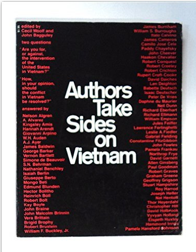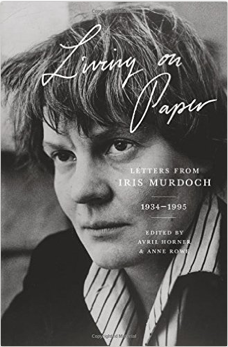Adrienne LaFrance contemplates “The Human Fear of Total Knowledge; Why infinite libraries are treated skeptically in the annals of science fiction and fantasy” and quotes John Updike in the process.
“Libraries tend to occupy a sacred space in modern culture,” she writes in her June 3, 2016 Atlantic article. “People adore them. (Perhaps even more than that, people love the idea of them….)”
 “In The Book of Sand, Jorge Luis Borges tells the story of an unexpected visit from a Bible salesman, who has in his collection a most unusual object. ‘It can’t be, but it is,’ the salesman says. ‘The number of pages is no more or less than infinite. None is the first page, none is the last.’ The strange book is so engrossing as to be sinister,” LaFrance writes, adding that in Borges’ The Library of Babel “‘each bookshelf holds thirty-two books identical in format; each book contains four hundred ten pages; each page, forty lines; each line, approximately eighty black letters.’ The appearance of order is an illusion….”
“In The Book of Sand, Jorge Luis Borges tells the story of an unexpected visit from a Bible salesman, who has in his collection a most unusual object. ‘It can’t be, but it is,’ the salesman says. ‘The number of pages is no more or less than infinite. None is the first page, none is the last.’ The strange book is so engrossing as to be sinister,” LaFrance writes, adding that in Borges’ The Library of Babel “‘each bookshelf holds thirty-two books identical in format; each book contains four hundred ten pages; each page, forty lines; each line, approximately eighty black letters.’ The appearance of order is an illusion….”
“I feel in Borges a curious implication: the unrealities of physical science and the senseless repetitions of history have made the world outside the library an uninhabitable vacuum,’ John Updike wrote in an essay about Borges in 1965. ‘Just as physical man, in his cities, has manufactured an environment whose scope and challenge and hostility eclipse that of the natural world, so literate man has heaped up a counterfeit universe capable of supporting life.’
“Borges was not just interested in literary artifice, as Updike points out, but fundamentally concerned with the nature of reality, a preoccupation that often led him to interrogate the scope and organization of human knowledge.”







